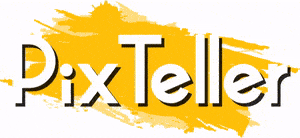How Google Rank Your Content in 2020
How actually Google ranks all the different pages on the internet? The fact is, unless you work at Google with high enough paygrade, nobody really knows. Even then, you might be bound by an NDA.
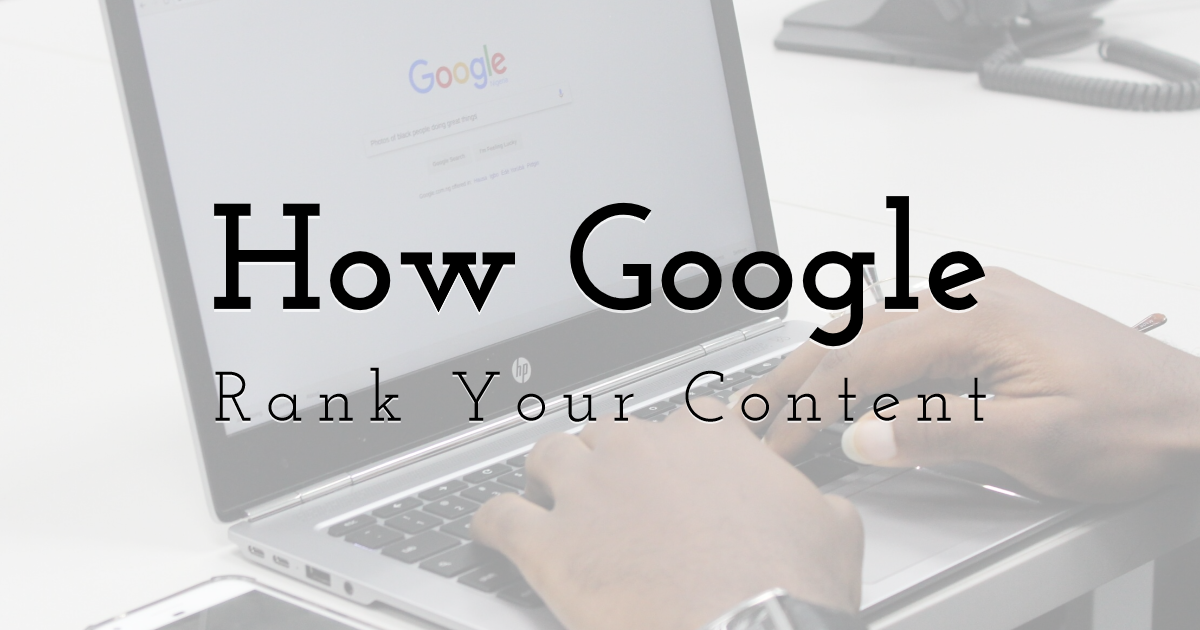 Create/Edit your images with PixTeller photo editor
Create/Edit your images with PixTeller photo editor
Google is notorious in how it keeps the secrecy about how its search engine algorithm actually works. So in most cases, SEO marketers and practitioners rely on reverse-engineering the SERP results and analyzing all the different factors in a sort of detective work to figure out the important search factors.
However, back in 2015, Google's Search Quality Evaluator Guidelines—which as the name suggests, is a documented guideline for "search quality evaluators", human employees tasked with evaluating the SERP - leaked online.
As a response, Google released the full version of the document, and ever since then, it has become one of the key resources for SEO marketers about Google's search ranking algorithm, especially about how we should approach content optimization for SEO.
How Google Differentiates The Quality Of Your Content
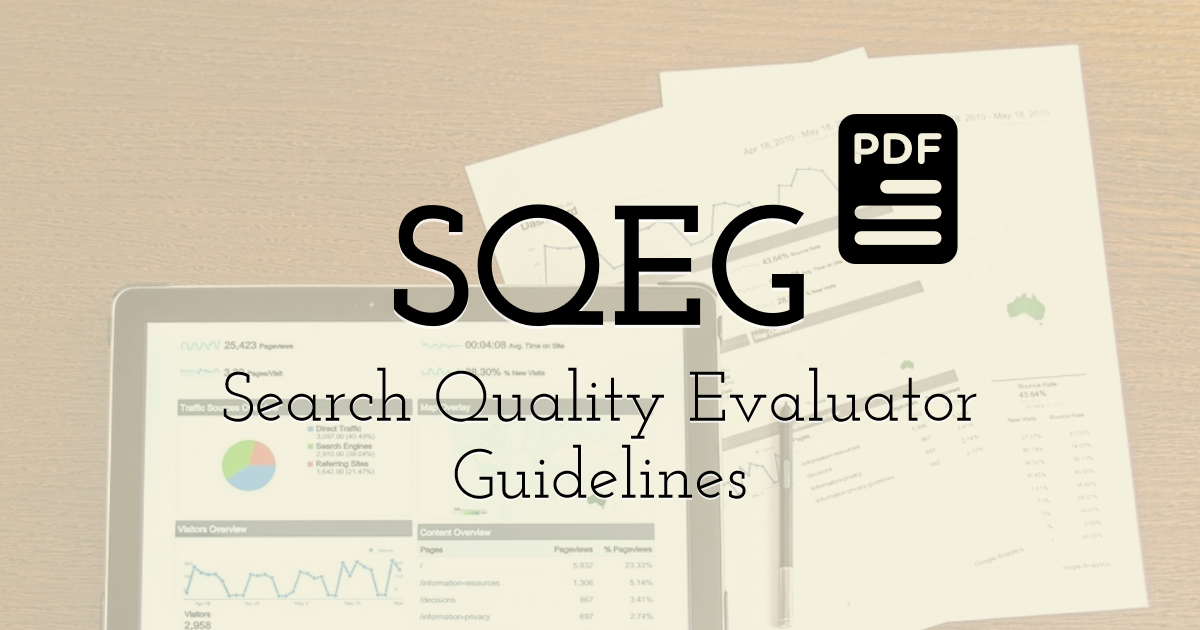
The Search Quality Evaluator Guidelines (SQEG) were last updated on May 16, 2019, and you can download the document here (PDF).
It is a fairly long document with 166 pages, so we can't really discuss every single element in it. However, the important thing is to understand that there are three main factors in how Google differentiates between high-quality content from low-quality content: E-A-T (Expertise, Authoritativeness, Trustworthiness), YMYL (Your Money or Your Life), and Beneficial Purpose.
What are they? Let us discuss them one by one:
-
Beneficial Purpose
The Google SQEG, as mentioned, was released to the public in 2015, and then an updated version was released in 2018 before the latest version (May 2019) we have today.
In the 2018 version, the most notable change is the idea called beneficial purpose. In the SQEG document, you can go to page 8 and check section 2.2, which we'll share below.
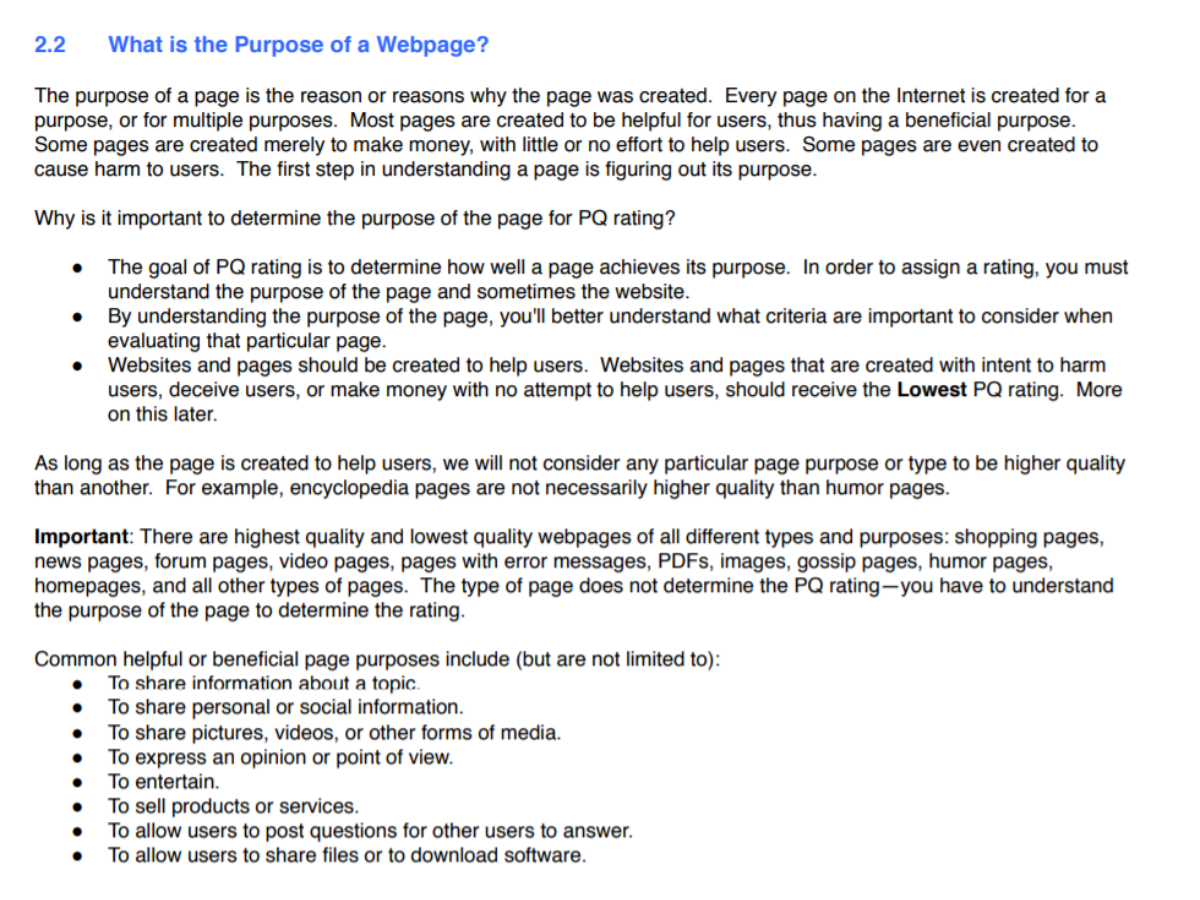
Especially check the third bullet point: websites and pages should be created to help users. Google also provides several purpose examples, as shared in the above screenshot.
Your website can have various intended purposes from simply entertaining your visitors to sharing personal information to selling actual products or services. However, the main principle to understand is that the more user-centered the page's purpose is, the higher the perceived quality by Google.
That is, a page that is created with the sole purpose of making money and doesn't bring any value for your user is perceived as the lowest possible quality. According to the same document (page 18, section 3.2), the first step of rating Page Quality (PQ) is understanding the purpose of the page.
In general, your website or web page should aim to help your users in one way or another (as listed in the above examples), and the better you can achieve this purpose, the higher your page's quality is perceived by Google.
-
YMYL
YMYL stands for Your Money or Your Life, is a concept that is fairly difficult to explain, but in a nutshell:
A page is determined as YMYL content when it includes information that can directly impact–according to Google's own words on page 9, section 2.3 of the document: could potentially impact a person's future happiness, health, safety, and financial stability. If a page containing YMYL presents inaccurate, or worse, deceptive information, it can directly impact the reader's money or life, hence the name.
Due to the importance of the information within this type of content, Google really pays attention not only to the quality and relevance of the contained information but also whether the content provider is credible and trustworthy.
What actually constitutes YMYL topics? Here are some examples:
Health
Information about medications, hospitals, medical issues, including safety (how dangerous a specific activity is).Groups of people
Claims about race/ethnic origin, disability, sexual orientation, gender, etc.Finance
Any financial advice especially regarding investments, tax planning, loans, banking-related information, etc. Also including websites that allow people to transfer money online.Shopping-related
Information related to purchases of goods and services, eCommerce sites, and pages reviewing products and services.News/Events
Important news such as politics, business, science, and technology, etc. News about sports, entertainment, and lifestyle topics among others are not considered YMYL topics.Civics and Law
Important information including but not limited to information about public institutions, social services, voting, and legal issues like adoption, divorce, creating a will, and so on.
There are also many other YMYL topics, but the main idea to understand is, if your site is conveying important, money-related, and potentially life-changing information, you (or someone/the organization behind your site) must have established authority and relevant expertise. Google can crawl and analyze the context of the information on your site, your social media profiles, the database of relevant educational institutions, etc. to determine your credibility.
So, would it mean you can't rank for—for example—finance topics if you aren't a certified finance expert? Not exactly, although it's indeed going to be more difficult. We will discuss more on this further below.
-
Google's EAT
EAT (or E-A-T), stands for Expertise, Authoritativeness, and Trustworthiness, which is discussed in the section 3.2 (page 18) of the document.
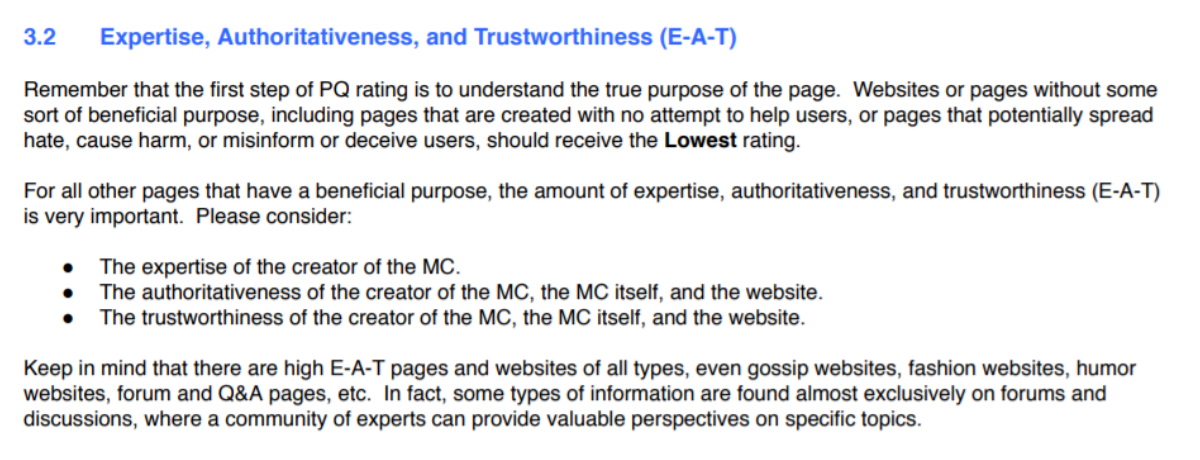
E-A-T used to be the most important factor of Page Quality rating, but since the May 2019 update, it's now just one of the main factors. As discussed in section 3.1, here are the factors affecting page quality rating:
- • Purpose of the page (as discussed above)
- • E-A-T
- • Main content quality and quantity
- • Website information and information on who's responsible for the main content
- • Website reputation and reputation on who's responsible for the main content
With that being said, it's also important to understand that the level of E-A-T is considered differently according to whether the content is included in a YMYL topic or not. If the content is YMYL, then E-A-T is observed more carefully.
Let us discuss each of the "characteristics" of the E-A-T:
-
1. Expertise
Expertise especially refers to the perceived credibility of the creator of the main content (or MC) on a said page. If the MC is of a YMYL topic, this factor is observed more closely: does the content creator have the required credential and/or certification—if necessary—to establish credibility as an expert in the topic (as discussed in the previous discussion of YMYL). Also, the information of this required expertise must be available to read on the website.
For non-YMYL content, Google can recognize what they call "everyday expert", that is, people with relevant experience—but without formal education—might be considered an expert on the specific topic. Yet, this only applies to non-YMYL content.
Also, pay attention to section 4.5, page 21:

As mentioned, the standard of expertise depends on the topic of the page. For example, an established influencer that reviews tech products with a lot of followers on Instagram and YouTube might be considered as an expert in the tech review niche. On the other hand, for cancer-related content, only a medical professional might be considered an expert.
Pages containing (but not limited to) these YMYL topics will require specialized and confirmed expertise:
- • Medical information and advice
- • News about important events (journalistic)
- • Science information and science-related topics
- • Financial and legal information, including tax-related information
- • "Your Life" topics like parenting, home remodeling, renovation
- • Information related to hobbies that require special expertise like sports tutorials, music instruments, photography, etc.
-
2. Authoritativeness
Authoritativeness here refers to three different areas of the website: the website itself, the content, and the content creator.
In general, authoritativeness simply means accepted by most authorities in the said field. That is, people see you as credible and trustworthy, they know your background, and they accept you as the thought leader in the field/niche.
-
3. Trustworthiness
This one is pretty self-explanatory: whether the main content (MC) creator is perceived as a trustworthy source for the information based on the information listed within and without your website (i.e. social media profiles).
A key element of increasing your trustworthiness is by including credentials on your website: testimonials, case studies, awards, reviews, and so on.
High-Quality VS Low-Quality Content
Here, we will summarize how Google rates content quality based on Search Quality Evaluator Guidelines.
First, here are the characteristics of a low-quality content:
- • Low quality and relevance of Main Content (MC)
- • Insufficient E-A-T, as discussed above
- • The content and information included within the page is inadequate to fill the page's purpose
- • Title of the Main Content (MC) is exaggerated (click-bait) title
- • Distracting ads or supplementary content (SC) that disrupts the information included in the MC
- • Inadequate amount of information regarding the website and the creator of the MC
- • Negative reputation for the website or the MC's creator, based on online presence and reputation research
Low-quality pages can hurt your site's overall SEO performance (SERP ranking). If your site has no purpose to deliver actual value for your users, contain inaccurate information, and can disrupt the overall user experience, Google will not recommend your page in their SERPs.
How about high-quality content? As you'd expect, it's the exact opposite of low-quality content, containing the following characteristics:
- • Sufficient and relevant website information, and who's actually responsible for the website and the content creation. If the page contains content in the YMYL topic, as we have discussed above, then the website must provide sufficient credentials and information regarding the content creator's expertise.
- • High level of E-A-T (Expertise, Authoritativeness, Trustworthiness)
- • Sufficient main content (MC) both in terms of quality and quantity, including a relevant (non-clickbait) title.
- • Positive reputation for the website, brand and content creator of the main content.
How To Improve Your Page Quality
So, how can we make sure our site has sufficient Page Quality (PQ) and thus, boost its SEO performance? Here are some tips to follow:
-
1. Fix or Remove Low-Quality Content
No matter what, the quality of your content is the most important factor in determining not only your Page Quality (PQ) but your overall SEO performance. That is: no amount of optimizations can help low-quality content.
If your content quality isn't up to the standard of the SQEG (as discussed above) and especially doesn't provide enough value for your audience according to your site's beneficial purpose, you can either improve or remove it altogether.
Ideally, content removal should be your last resort when you are absolutely sure that the content isn't "fixable", for example when the information included is totally obsolete and can't be updated at all costs. Or, if the effort or time required to update the content isn't worth it.
So, analyze the E-A-T of each content piece, and figure out ways to increase it:
- • Add more quotes and links to relevant sources, up-to-date data, citations, etc.
- • Have a more authoritative person/brand to develop the content. For example, you can ask an influencer for a "guest post"
- • Make sure to optimize readability, structure, spelling, and layout of your content page
- • Add the most up-to-date information possible to make sure your content is comprehensive
- • Improve the title, there are various headline analyzer and suggestion tools that can help you
- • Diversify content medium by adding photos, images, infographics, charts, and even videos that are relevant to the Main Content and can add additional value for the audience. Make sure to optimize these images and videos.
-
2. Ensure Your Contact Information Is Available and Visible
Make sure your contact information (and customer support, if any) is easily found on your website. This is important to convey information to Google and the human search quality evaluator about your site's E-A-T.
To do this, simply include the link to your about us or contact us page (or similar ones) in your site's footer or header, and make sure it's easy enough to find in your navigational menu.
-
3. Include Author Information In All Your Content
The SQEG especially stated that clear information about the identity of the content creator, especially for Main Content (MC), is a necessary E-A-T requirement. In particular, if your page's content belongs to a YMYL topic, the content must be developed by an authoritative expert.
Make sure author information is available for each content page, and easy enough to find. Also, include relevant information about the author than might improve its E-A-T. For example, if the author has won a relevant award, you can say "award-winning" in the author bio, or even include a link that can provide relevant information for the specific award.
-
4. Improve Your Online Reputation
Since the reputation of the author is an important factor of the E-A-T, you'll need to make sure that the MC creator has a sufficient reputation for the topic (even more if it's a YMYL content), and make sure the information about this reputation is clearly visible.
According to the SQEG, a page might be given the Low or Lowest rating when the author's reputation is insufficient according to the purpose of the page. Also according to the SQEG, the evaluators are encouraged to check third-party reviews to check the reputation of the brand and content creator.
So, maintaining a positive online reputation is very important in improving your Page Quality, and here are some important things you can optimize:
- • Make sure your social media profiles are properly optimized and include the required information that can help your E-A-T.
- • Engage with relevant influencers according to your website's purpose, and with your target audience.
- • Publish your content in as many relevant platforms as possible (for example, guest posting on relevant, authoritative sites).
- • Maintain engagement with your audience in as many platforms as you can.
-
5. Improve Site Security and User Experience
A core element of Trustworthiness, the T in E-A-T, is about page security.
According to the guidelines, if an eCommerce page involves an insecure connection, the page should receive a Low rating.
Chrome can now warn its users that HTTP (non-HTTPS) pages are not secure, which can significantly affect your site's bounce rate and dwell time, which are now considered as ranking factors. Any site that doesn't use SSL certificate (and thus doesn't redirect to an HTTPS URL) can be deemed not secure by Google's evaluator, and thus can significantly affect E-A-T.
Poor user experience factors like slow page speed, not being mobile-friendly or mobile-responsive, not optimized page layout/structure, etc. can also affect E-A-T.
So, make sure to optimize your site to be as user-friendly as possible, while also ensuring the security factors of the site.
End Words
E-A-T according to the website's beneficial purpose remains the most important factors in how Google determines the quality of a page's content.
Content quality, on the other hand, is one of, if not the most important SEO ranking factors in 2020, so ensuring that Google can perceive your content as high-quality is very important. Above, we have discussed how Google actually determines content quality or Page Quality (PQ), and 5 essential tips you can try to improve your content's E-A-T.
Also, don't forget if you need unique visuals for your content, you can always use the PixTeller photo editor or animation maker directly on your browser.
Until next time, Be creative! - Pix'sTory made by Mike Khorev
Mike Khorev is a marketing consultant and SEO expert who helps SaaS, Software, IT, Technology, B2B and enterprise companies generate more leads and sales and grow revenue online. He offers expert advice on marketing your company the right way through
Recommended posts
-
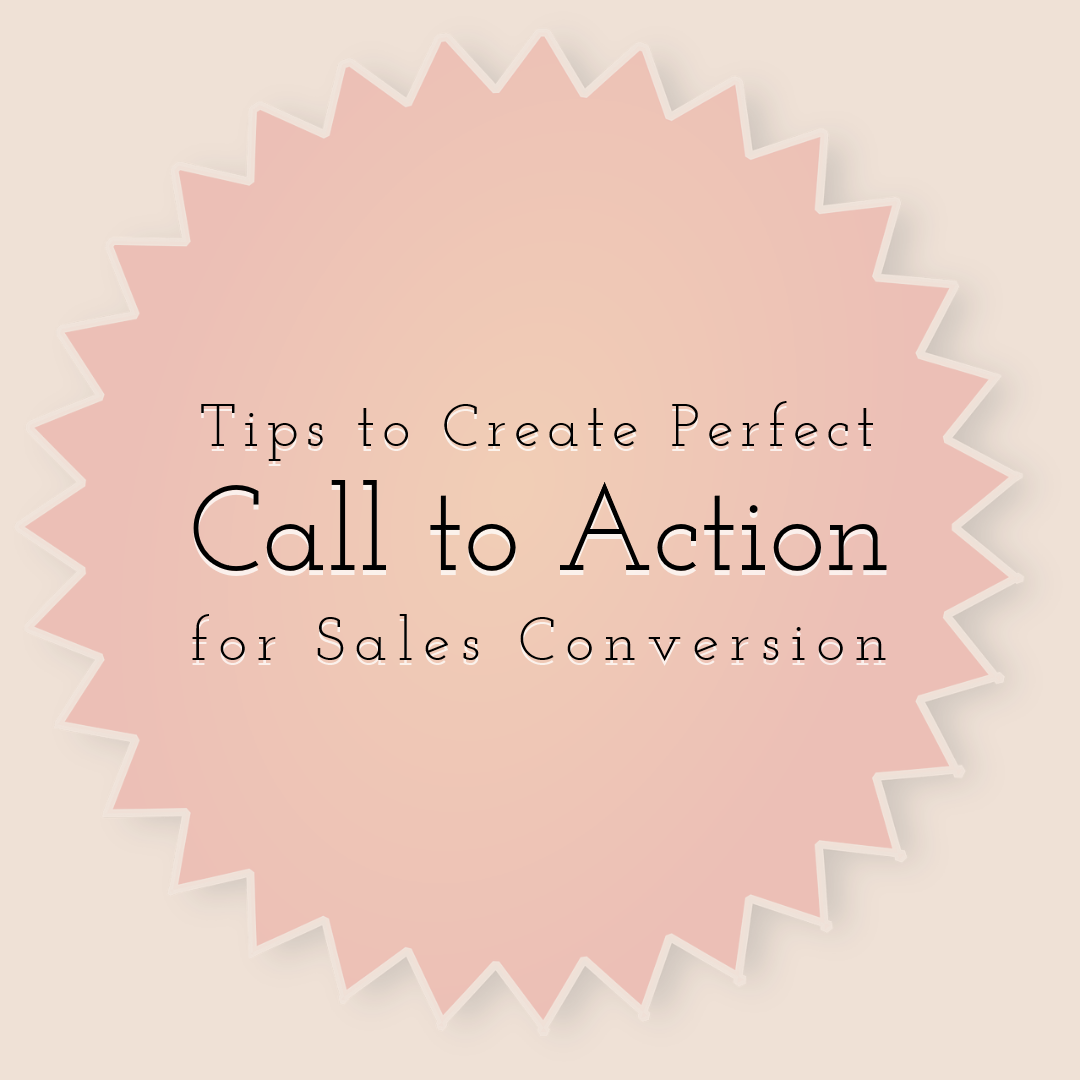
Tips to Create Perfect Call to Action for Sales Conversion
Read More › -

Review of Simple Video Editors for Newbies
Read More › -
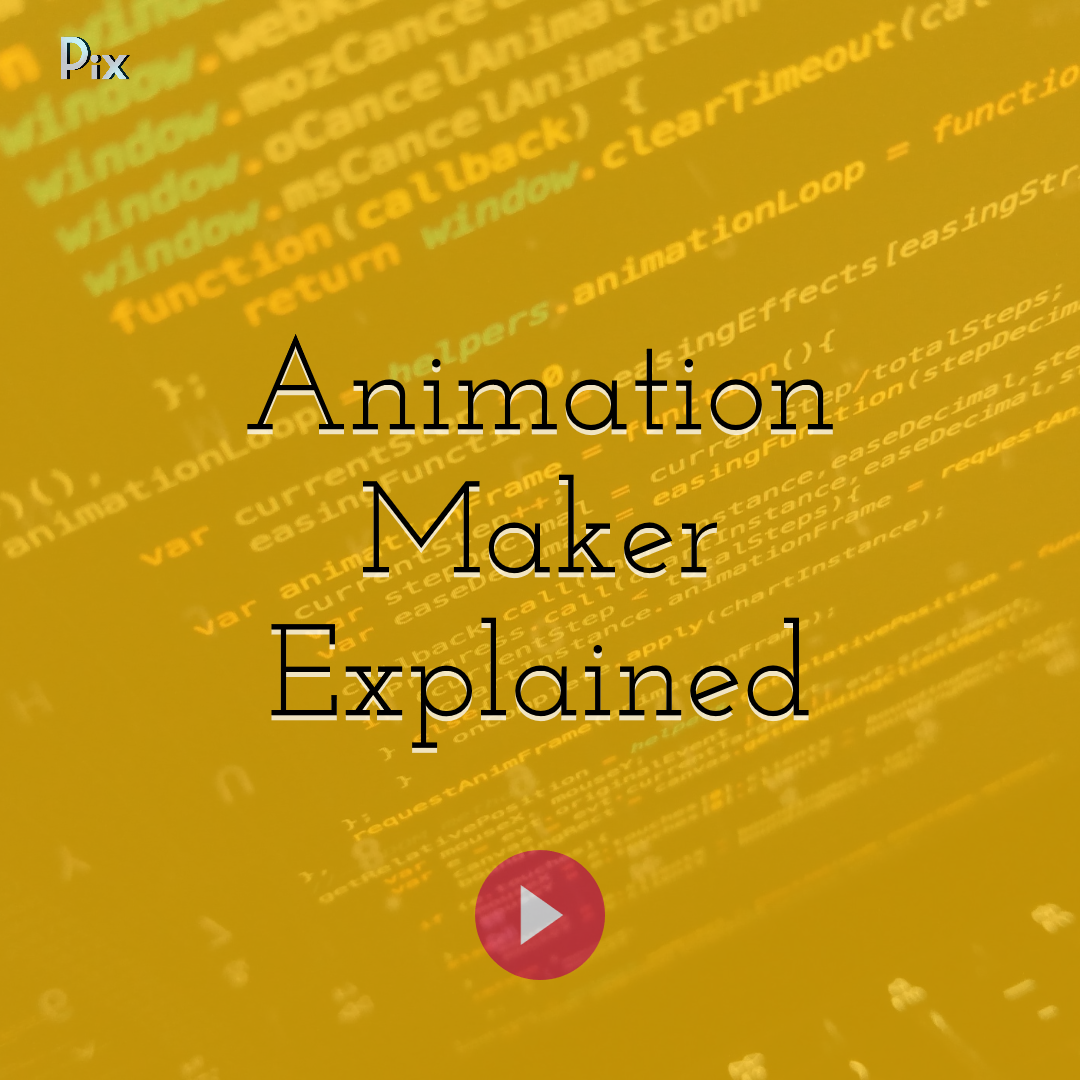
Make Your Own Animations Start From an Image Template
Read More › -

Best Ways to Use Interactive Content to Attract Necessary Audiences
Read More › -
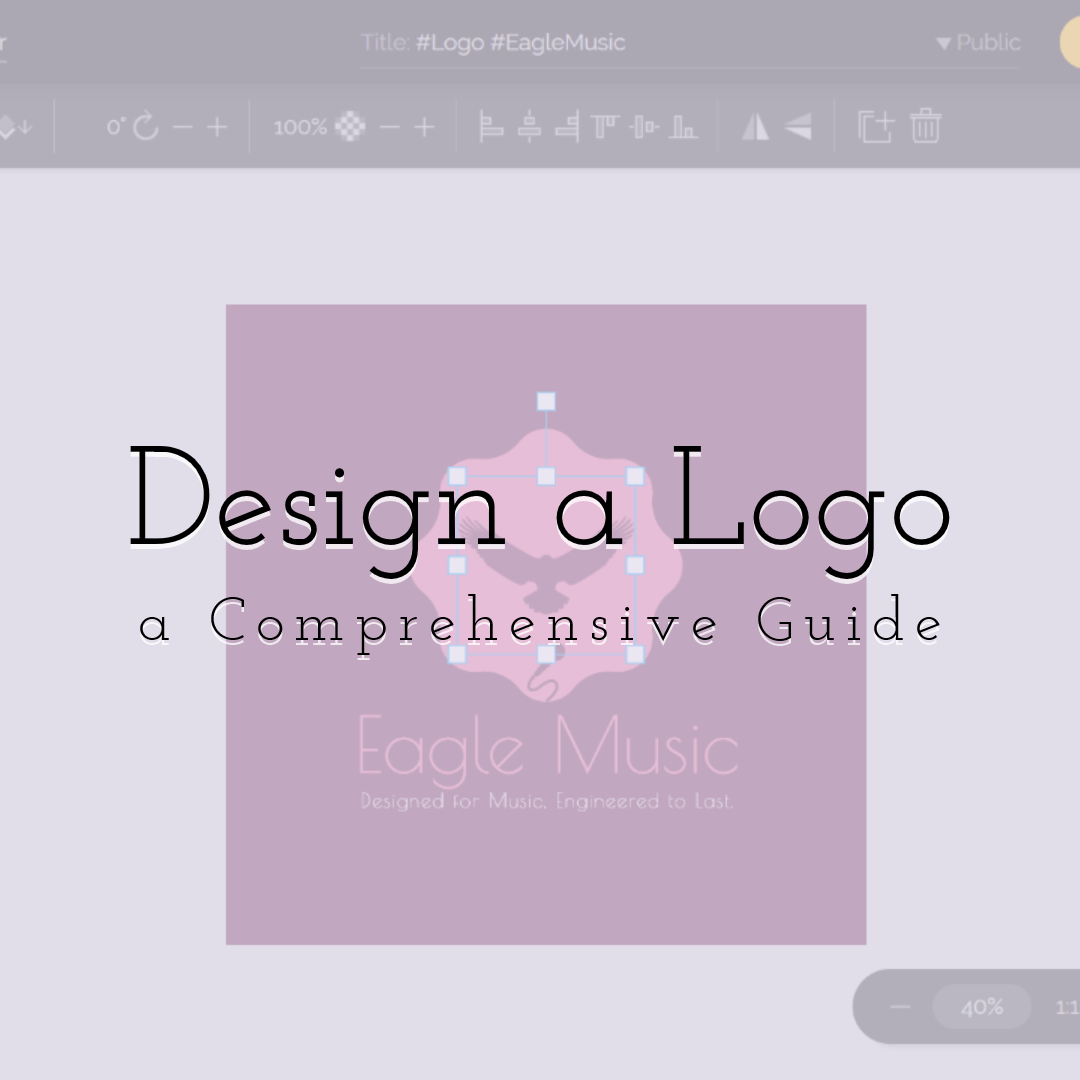
How to Design a Logo: a Comprehensive Guide
Read More › -
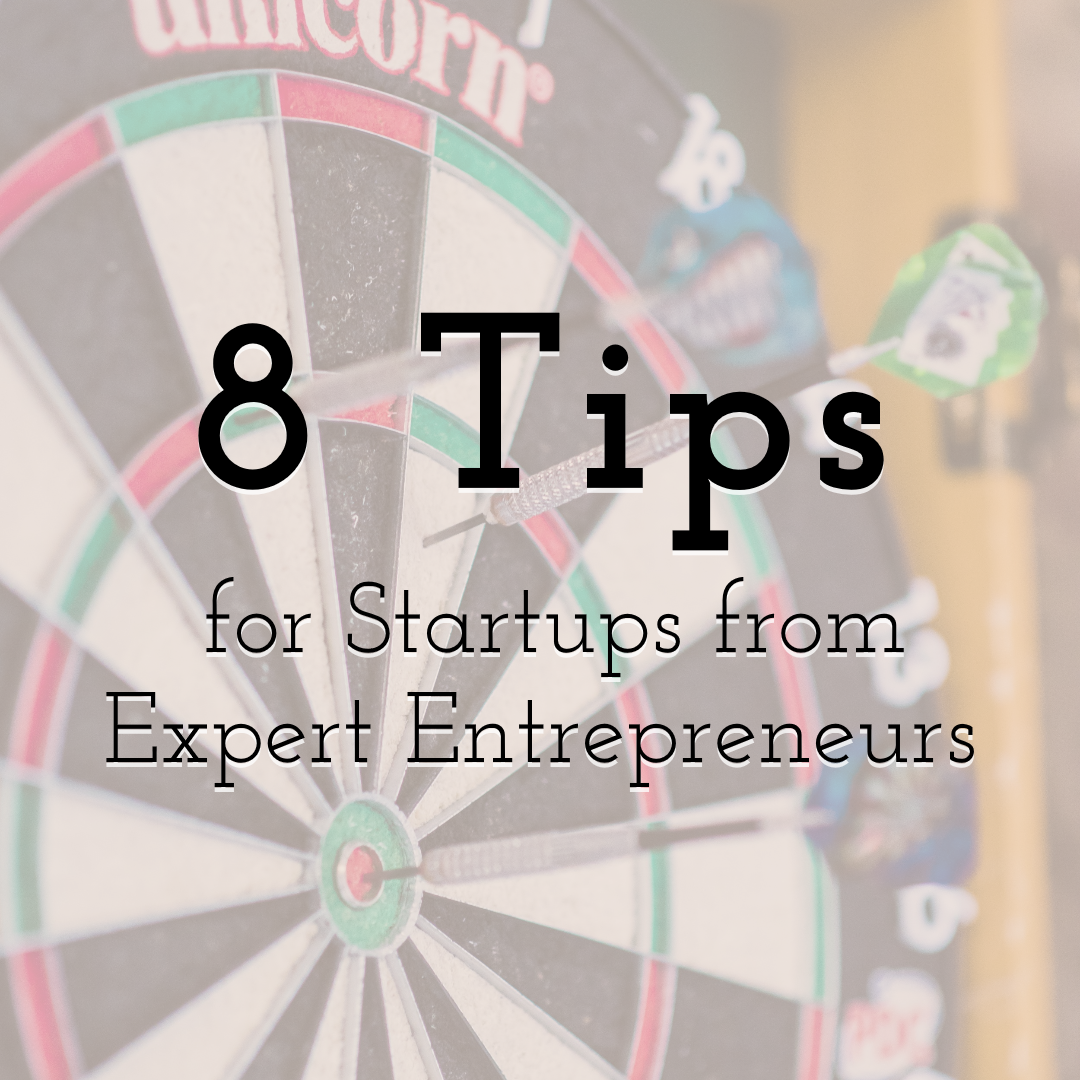
8 Significant Tips for Startups from Expert Entrepreneurs
Read More ›
